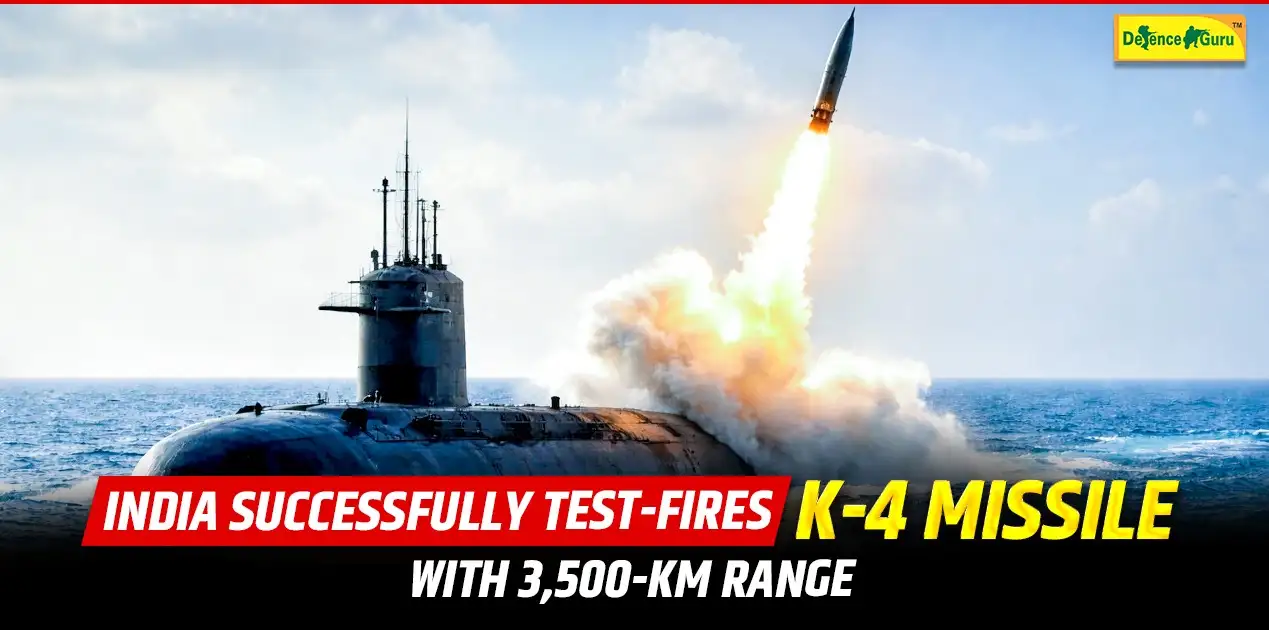The Indian Air Force (IAF) operates both the Sukhoi Su-30MKI and the Dassault Rafale in its fleet. The Su-30MKI is a twin-engine, multirole fighter aircraft developed by Russia's Sukhoi Corporation and is manufactured under license by Hindustan Aeronautics Limited (HAL) in India. On the other hand, the Rafale is a twin-engine, multirole fighter aircraft developed and manufactured by the French company Dassault Aviation. The Russian term “MKI” in “Sukhoi Su-30MKI” refers to Modernizirovannyi Kommercheskiy Indiski - "Modernized Commercial Indian," which is an export version for India, jointly developed with Hindustan Aeronautics Limited (HAL).
Design and Role:
- Su-30MKI: The Su-30MKI is primarily an air superiority fighter but has also been adapted for various roles, including air-to-ground and maritime strike missions. It has a larger airframe and is designed for long-range missions and heavy payloads.
- Rafale: The Rafale is a versatile fighter capable of performing a wide range of missions, including air superiority, ground attack, reconnaissance, and nuclear deterrence. It is known for its advanced avionics and sensor suite, making it a highly capable multirole aircraft.
Weaponry:
- Su-30MKI: The Su-30MKI can carry a wide array of air-to-air and air-to-ground missiles, rockets, bombs, and even anti-ship missiles, giving it considerable firepower.
- Rafale: The Rafale is equipped with advanced weaponry, including Meteor beyond-visual-range air-to-air missiles, Scalp cruise missiles for long-range strike capability, and various precision-guided munitions.
Operational Range:
- Su-30MKI: The Su-30MKI has a longer operational range compared to the Rafale, allowing it to conduct missions at greater distances from its base.
- Rafale: The Rafale has a shorter operational range than the Su-30MKI, but it compensates with aerial refueling capability, enabling it to extend its range during missions.
Additional Points:
- The maximum speed of the Sukhoi Su-30MKI is 2,120 km/h (Mach 2.0) at high altitude, whereas, the maximum speed of Rafale is 1,912 km/h (Mach 1.8) at high altitude.
- Rafale can carry bombs and munitions of up to 9,500 kg, which is more than the Sukhoi Su-30MKI which can carry loads of up to 8,130 kg.
- The Russian-origin Sukhoi Su-30MKI is the fourth-generation fighter aircraft, whereas the French-origin Rafale is a 4.5-generation fighter aircraft with low observability to radar and the ability to fly at supersonic speed.
Here are some of the major points of difference between the two aircraft:
|
Basis |
Sukhoi Su-30MKI |
Rafale |
|
Crew |
2 |
1 or 2 |
|
Length |
21.935 m (72 ft 0 in) |
15.27 m (50 ft 1 in) |
|
Wingspan |
14.7 m (48 ft 3 in) |
10.90 m (35 ft 9 in) |
|
Height |
6.36 m (20 ft 10 in) |
5.34 m (17 ft 6 in) |
|
Wing area |
62 m2 (670 sq ft) |
45.7 m2 (492 sq ft) |
|
Empty weight |
18,400 kg |
10,300 kg |
|
Gross weight |
26,090 kg |
15,000 kg |
|
Max takeoff weight |
38,800 kg |
24,500 kg |
|
Fuel capacity |
9640 kg |
4,700 kg |
|
Maximum speed |
2,120 km/h (Mach 2.0) at high altitude 1,350 km/h (Mach 1.09) at low altitude |
1,912 km/h (Mach 1.8) at high altitude 1,390 km/h (Mach 1.1) at low altitude |
|
Range |
3,000 km at a high altitude 1,270 km at low altitude |
1,850 km on penetration mission (combat range) |
|
Ferry range |
8,000 km |
3,700 km with 3 drop tanks |
|
Service ceiling |
17,300 m (56,800 ft) |
15,835 m (51,952 ft) |
|
Rate of climb |
300 m/s (59,000 ft/min) |
304.8 m/s (60,000 ft/min) |
|
Hardpoints |
12 hardpoints |
14 hardpoints |
|
Generation |
Fourth-generation |
4.5 generation |
|
Armament carrying |
Up to 8,130 kg |
Up to 9,500 kg |
In a nutshell, both the Su-30MKI and Rafale are valuable assets to the Indian Air Force, with their unique strengths and capabilities suited for various operational requirements.

















